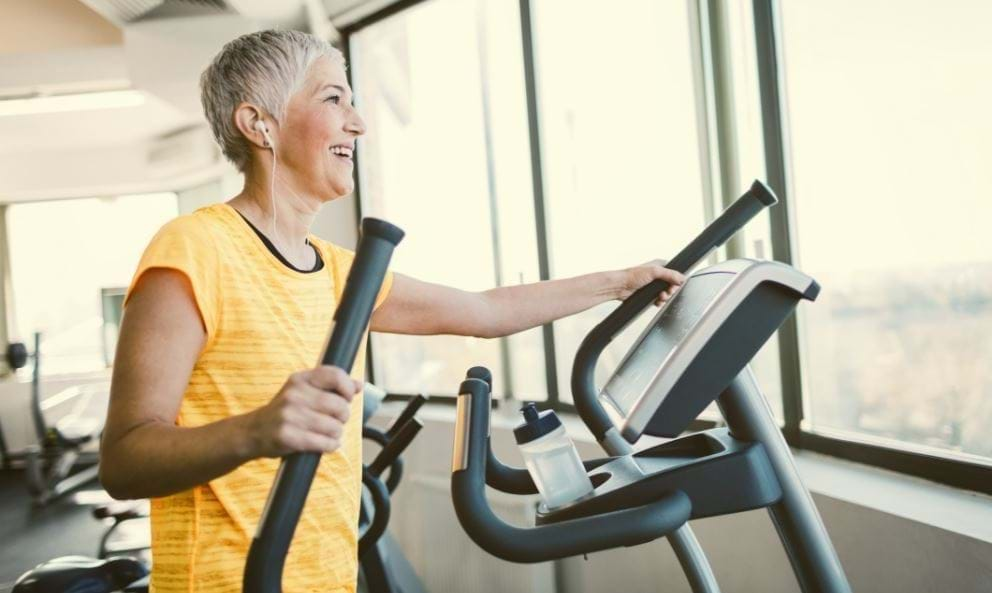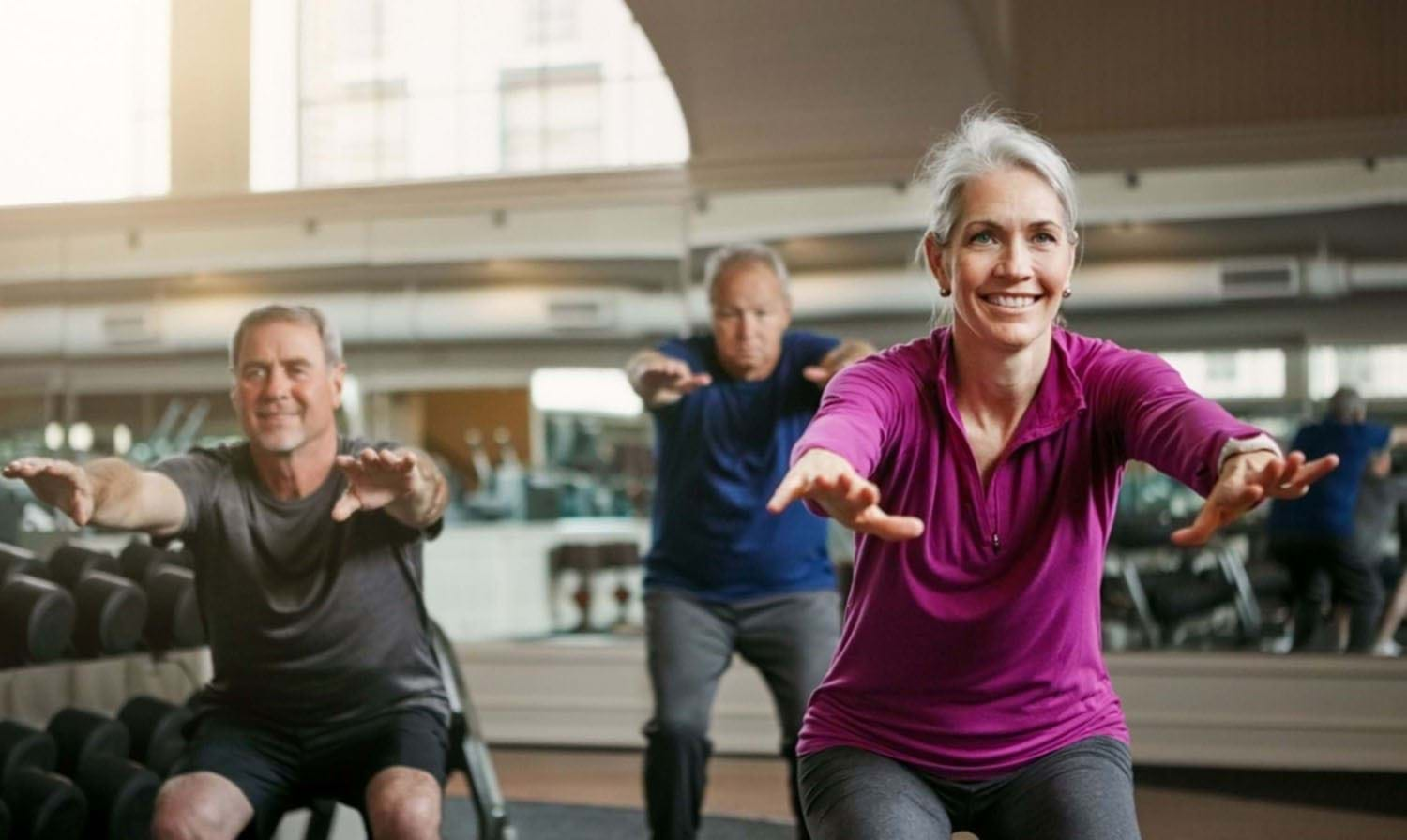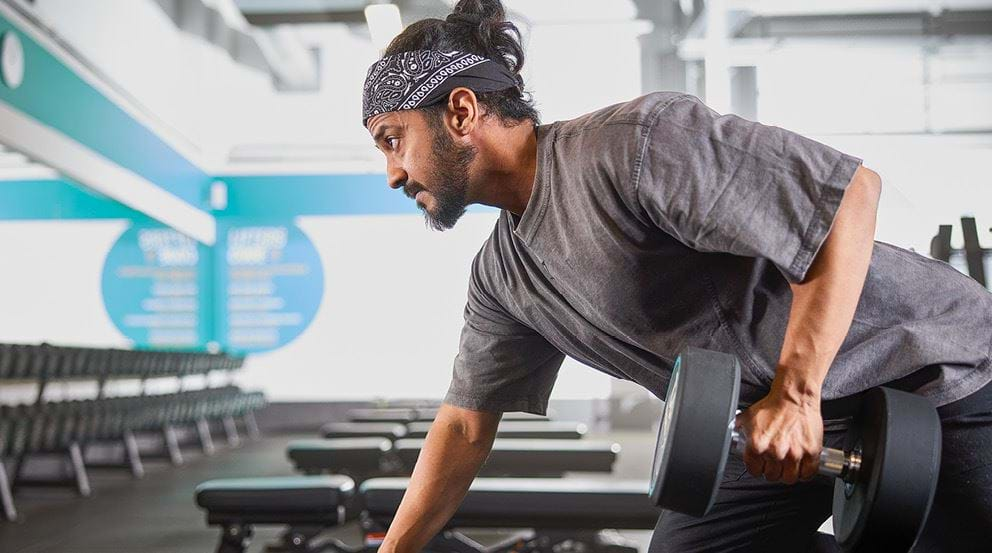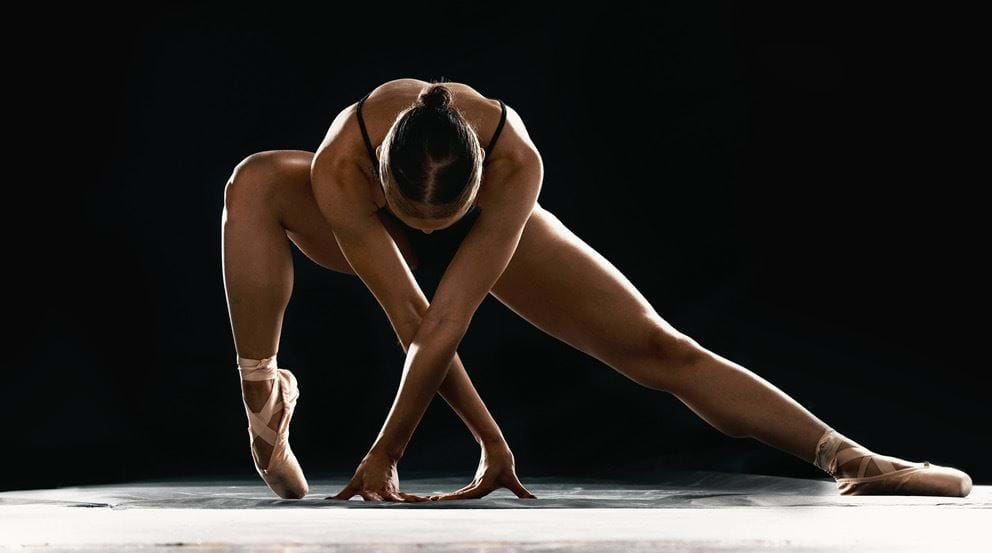The Best Exercises For Rheumatoid Arthritis At Home And The Gym

What is rheumatoid arthritis | Is exercise good for RA? | Arthritis workout tips | Exercises to avoid with RA | Exercises to try for RA
When someone is injured, rest is often the best way to help the body heal itself initially. Because of this, the natural tendency for someone who suffers with musculoskeletal pain, like rheumatoid arthritis (RA), is to rest. However, inactivity can worsen RA symptoms and cause the condition to progress faster, while exercising can improve pain and stiffness[1].
Emma Vincent is a Personal Trainer at PureGym Romford who is qualified to work with GP Referral patients such as those with RA. We asked her for her advice on exercises to try, and movements to avoid if you suffer from rheumatoid arthritis.
What is rheumatoid arthritis?
Rheumatoid arthritis is an inflammatory form of arthritis, and it is the second most common form of arthritis followed by osteoarthritis. While arthritis as a whole affects over 10 million people in the UK alone, rheumatoid arthritis specifically affects around 400,000[2].
RA is an autoimmune disease where the body's immune system attacks its own tissue cartilage and synovial membrane of the joints. This causes inflammation in the joints, leading to swelling, pain and loss of function. If ignored or untreated the synovial membrane thickens, leading to a build-up of fluid, which is what causes inflammation and tenderness.
The synovial membrane will gradually produce a tissue, which sticks to the joint's surface and starts to break down the cartilage. Once destroyed the fibrous tissue joins the exposed bone, which then hardens, creating an immovable joint.
As the disease progresses, the ligaments supporting the joints are damaged and the tendon sheaths can be affected leading to ruptures of the tendon.
It generally affects joints of the fingers, wrists, feet and ankles but may progress to the hips, shoulders and neck.
It's most common between the ages of 30-50 years old and women are three times as likely to be affected due to the effects of oestrogen.
Is exercise good for rheumatoid arthritis?
While sadly there is no cure for arthritis, healthy lifestyle choices can help slow the progress of the disease.
A common misconception is that exercise will make symptoms worse, with many arthritis sufferers choosing to generally avoid it, however an inactive lifestyle can worsen symptoms as it leads to reduced motion and stability of the joints, and reduced muscle strength.
Exercising keeps the joints mobile can help to tackle inflammation and reduce pain and stiffness, as well as increasing the range of movement in the joints and strengthening the supporting muscles which removes load on the joints. For those in larger bodies, losing weight can help to reduce the load and pressure on the joints.

Advice for exercising with rheumatoid arthritis
Warm up and cool down: This should go without saying before any exercise session, but particularly if you're prone to stiff or sore joints. Ideally, you want to include a prolonged warm-up and cool-down of at least 15 mins.
Work within your own range of movement: Listen to your body as you move - you want to challenge your joints without putting any excessive pressure on them. You'll start to understand the difference between a gentle soreness or a pain that is telling you to stop. Some discomfort can be a sign that you're really working those areas, but stop immediately if you feel anything intense.
Avoid lifting too heavy: If your joints are prone to soreness and weakness, heavy weights could exacerbate the issue. Instead, stick to lighter weights and focus on correct form that works through your full range of movement. This will help to build strength without causing injury.
Exercises to avoid if you have rheumatoid arthritis
People with RA should focus on exercises that promote mobility and flexibility and build muscle strength, without putting too much pressure or impact on their joints. It's always best to speak to your GP to understand your own limits, but exercises you might want to avoid, particularly if you have rheumatoid arthritis in your legs, hips or knees include:
High impact exercises that increase joint pain such as running and HIIT
Repetitive exercises that put constant pressure on the joints
Exercising first thing in the morning due to stiffness
Stair climbing or any exercises that involve standing on one leg
Exercises that involve changing direction quickly
5 exercises to try if you have rheumatoid arthritis
Looking for exercises to introduce to help with your rheumatoid arthritis? Here are a few to start with.
Cycling -- we have different types of bikes in the gyms from spin bikes, upright bikes and recumbent bikes. Whilst the spin bike and upright bike can improve core strength, the recumbent bike is perfect for those who suffer from rheumatoid arthritis as it has a back support and is closer to the floor, meaning it's much easier to get in and out. Aim for 30-60 minutes per day (built up over time).
Bicep curls -- with a light hand weight, a bicep curl will help relieve symptoms in the elbows. Discover how to complete a variety of bicep curls here. Start with 3 sets of 10-15 reps, building up to 3 sets of 15-20 reps.
Swiss ball squats -- with the ball against the wall, lean onto it and slowly move down the wall ensuring your knees and toes are facing forwards and you push back into the ball ensuring your hips are pushed back. Start with 3 sets of 10-15 reps, building up to 3 sets of 15-20 reps.
Resistance band crab walk -- place a resistance band around your ankles and slowly step side to side with one leading leg; the further the stretch the more mobility on the hip joints. Start with 3 sets of 10-15 reps building up to 3 sets of 15-20 reps.
Forearm and grip exercises -- as your hands can be affected by RA, training your forearms and grip can help to strengthen the muscles that support hand movements. We've shared several forearm and grip exercises here.
If you want to start exercising with rheumatoid arthritis but are still not entirely comfortable with what you can and can't do, you can speak to your GP or a physiotherapist, or you can see if your nearest gym has a Personal Trainer with a GP referral qualification like myself who can help to safely build your strength and range of movement, and help to improve your symptoms.


